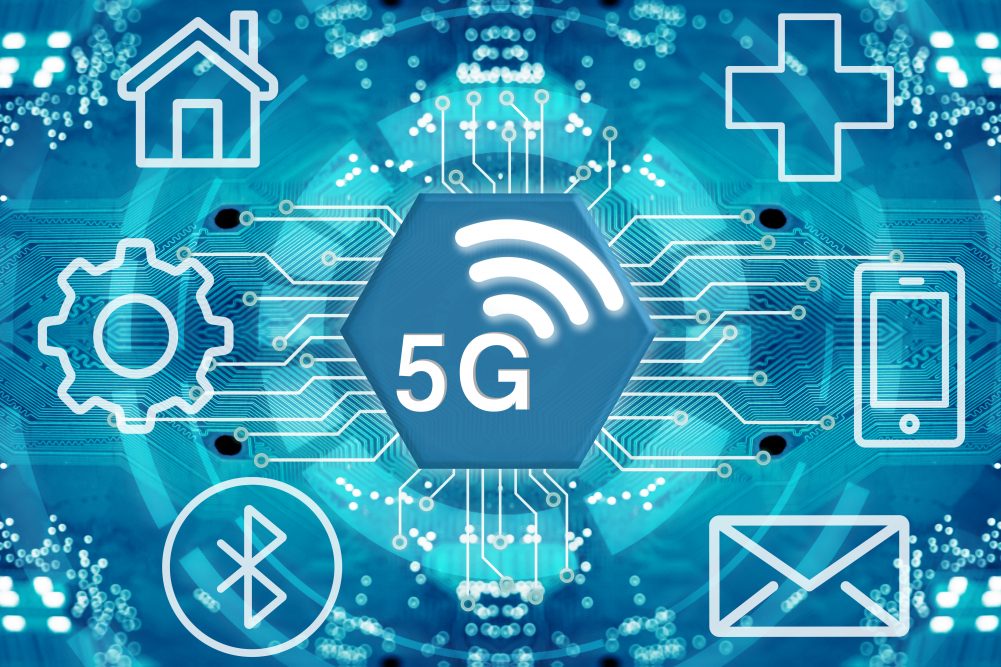
Ways In Which 5G Technology Will Evolve The World!
Technology is possibly evolving at the fastest possible rate in today’s world. We can give the real credit behind this deed to the internet and the technology involved. The internet is a fast-evolving tool that comes with great potential. We possibly remember when the internet was super costly, and a 5MB file would take half a day to download. We must, however, also appreciate the fact that today, we can download a GB of data in a few minutes. But well, that is not all; we are looking forward to the next big thing in the mobile network and data transfer world, the 5G technology!
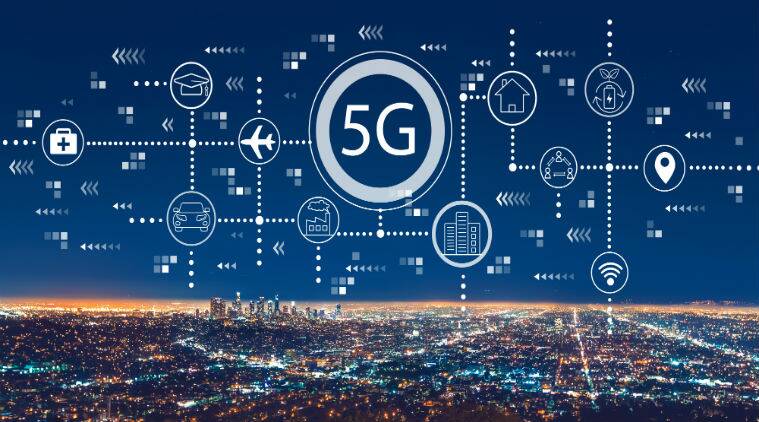
So, let us dive back into history to understand where precisely this 5G comes from before we can genuinely appreciate the giant strides we have taken over the years in the direction. Let’s take a quick recap!
History of Cellular Network and Internet
The first cellular network used 1G technology. Here, “G” stands for Generation, and thus 1G stands for First Generation. Way back in the 1970s and 80s’ this particular technology was introduced and thus started the revolution of the entire humankind! In today’s terms, this was what can be stated as one of the most basic forms of technology.
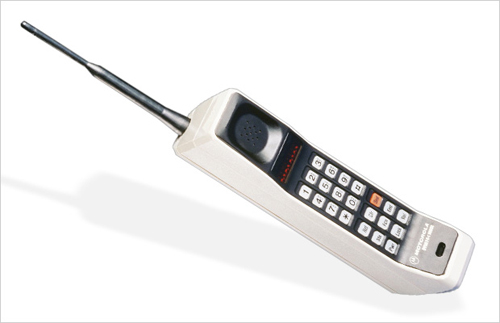
In the case of 1G, the voice quality was not up to the mark. Also, the battery that was used would not have much power. If you have used one of them, you have faced some issues with the drop calls and the network issues. The maximum speed that 1G provided was 2.4kbps.
The second-generation cellular network used digital radio signals, replacing the first Generation’s analog signals. If you are the 90s kids, you probably remember the GSM and the CDMA sim cards that were offered! Well, it was in the second Generation that the concept was implemented.
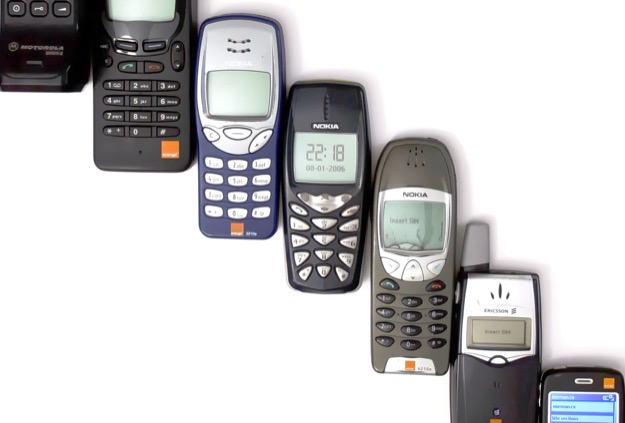
This is where you see the first glimpse of the mobile network connections we use today, namely SMS, conference calls, internal roamings, etc. The mobiles were offered a significant betterment at the maximum speed of the previous cellular technologies, and the second-generation cellular technology offered a range between 50kbps and 1mbps.
Emergence Of The New Era Mobile
The 3rd Generation was possibly something that made mobile phones more popular and handy, and it made mobile phones the need of the hour and almost a necessity. This Generation was fundamental in shaping how we use our mobile phones today. It came with significant updates and significant improvements. These include the likes of web browsing, video downloading, emailing, sharing, using a wide range of applications on our mobile phones, and much more! And this came at a much lower cost.

As per the UN’s International Telecommunications Union IMT-2000 standards, the minimum speed for a network to be called a 3G was 200 KBPS. However, a “true” 3G would be only when the stationary speed would be 2Mbps, and the mobile speed would be 384kbps.
The 4th Generation is possibly the device that you are using now. The most evolved form of the technology that we as end-users have seen till now! This Generation has made the internet a necessity, like food, cloth, and shelter. The same is that this technology has provided the users with high speed, high quality, and high capacity. This means that our daily habit has changed.
Almost every significant discovery that the world has had in the previous decade can be in some way or the other attributed to this particular advancement of technology.
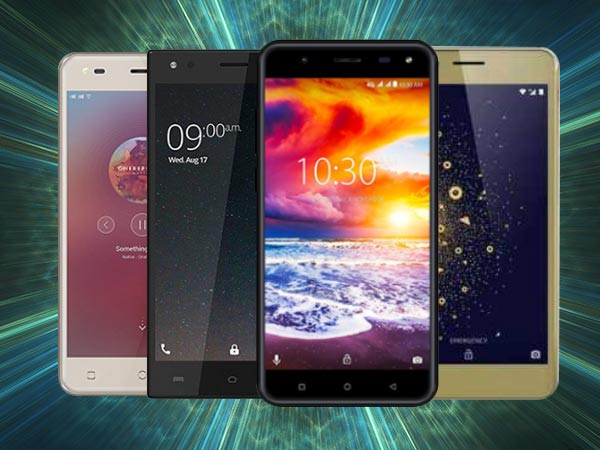
For low mobility devices, the maximum speed that one can expect in this particular technology is around 1Gbps, while for a moving device, it is somewhere around 100Mbps. Now that is all the distance we have covered from the initial 2.4kbps device that we started with.
Now that you have a fair bit of understanding of how the technology works, it would be easier for you to understand what 5G has in store and what we can expect the advancement to bring in for ourselves! We will check it out in the next section!
What is 5G Technology?
Next time you are in the midst of a serious discussion or an interview, and this question comes up; we will make sure that you are entirely aware of the 5G technology. You would have the understanding of the minute details that you need to know, and not just the maximum speed that the technology can offer!
So, what exactly is the 5G? As you know by now, it is the 5th Generation of the cellular network that has been in effect since the 60s!
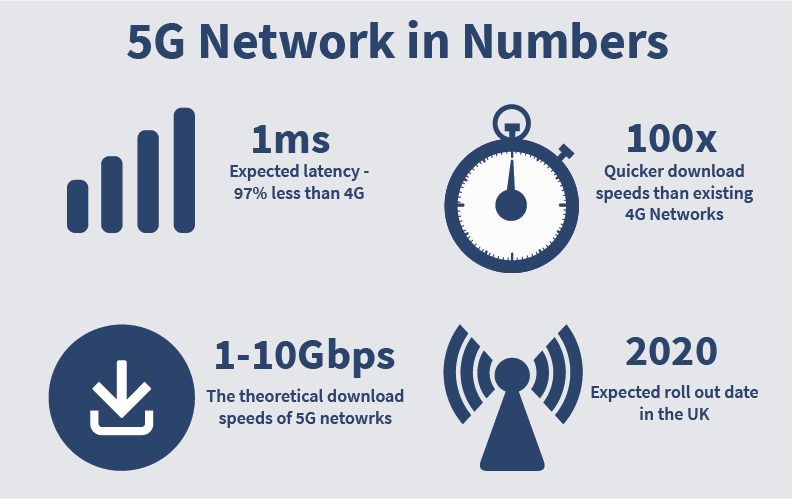
A connection would be called 5G only if it has at least 20 Gigabyte-per-second download speed and 10 Gigabyte-per-second upload speed. However, if you are using a 4G device and a 5G connection, there would be a 15-20% improvement in speed in all possibilities.
5G promises to develop outstanding improvements, including higher connection density, better battery consumption, device-to-device communication, etc. All these will not just evolve the way the telecom industry works but also affect how our world works!
So, to quickly understand how the 5G network works, you would need to understand that, unlike the 4G networks, which require extensive high power cells to transmit the signals, 5G signals are transmissible through a large number of small cells. This is important as it helps in generating high speeds and provides the perfect bandwidth.
Now that there is a clear understanding of the past and a brief idea of the 5G technology let us try and understand what we can expect this technology to help us in the days to come!
Implementation of 5G
Manufacturing
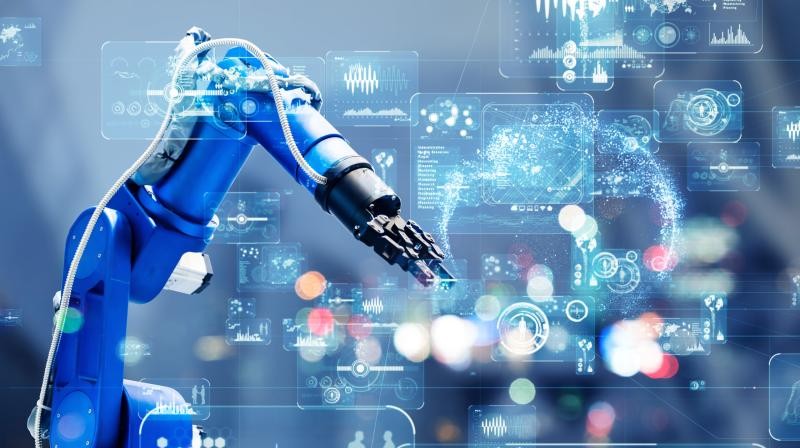
You may be taken aback already with the first pointer in place. You might not be particularly sure about how manufacturing, as an industry, could get disrupted by implementing 5G solutions. So, let us see how.
The most important aspect of the real-life implementation of the 5G network is the latency that the technology offers. The low latency of this technology would be of immense help and would shape how the manufacturing industry would work in the days to come.
Keeping the same in mind, we can spot a few companies already turning on to the future possibilities and to make the most of the opportunities that come our way. For example, Ericsson has decided to transform Nanjing and China Mobile’s radio product manufacturing site. The companies tried on their initial stages with screwdrivers. In this case, more than 1000 high-precision screwdrivers were connected to collect and analyze tons of data. The collected data helped reduce the human effort by almost 50%!
This is just one of the examples of all that the technology is capable of. Possibly in the future, we will see a lot of companies trying to cope with the human-robot collaboration, which would thus help in factory operations. All of these would be possible by the super-sensitive data that the sensors can collect with the help of the 5G networks.
Real-Time Location Services
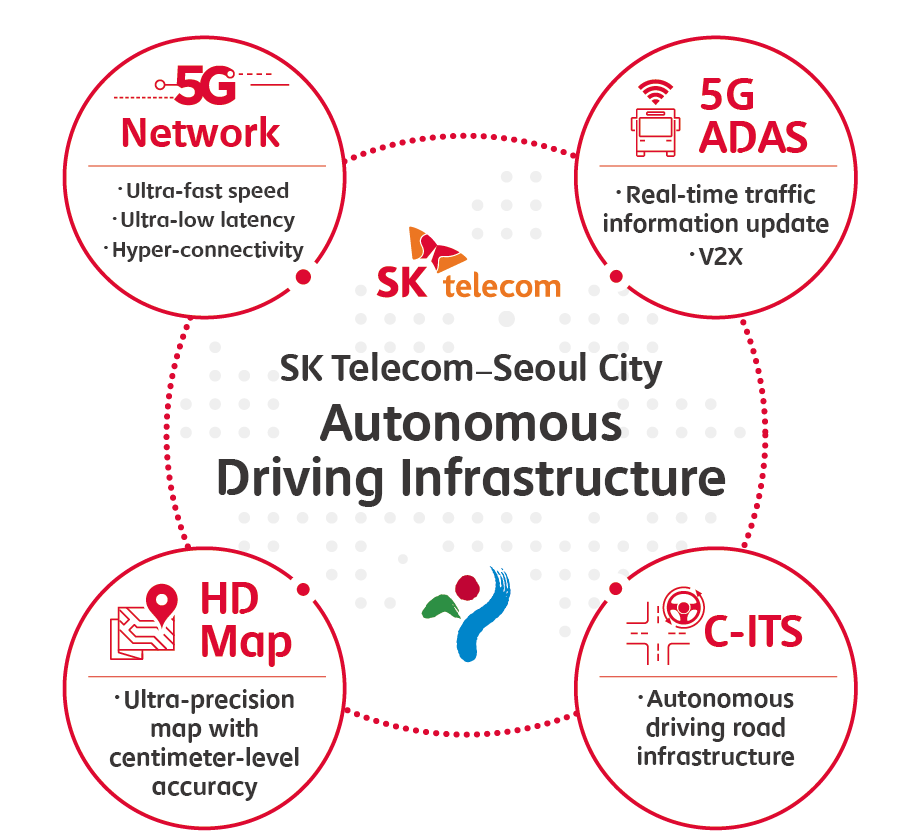
When it comes to real-time location services, the 5G technology is super impressive! Let me help you understand the precision that 5G has to offer. Using this, we can spot the location of a mobile in a multistorey building with less than a centimeter of correction.
Now, in the automation and home deliveries era, real-time location services are of utmost importance. This would help better function the automatic cars, the GPS system that we use to track a given location, and much more.
This can also be well equipped with supply chain management, as one would be able to keep track of individual products in their inventory to understand where exactly the product has traveled before finally being sold to a customer.
Healthcare
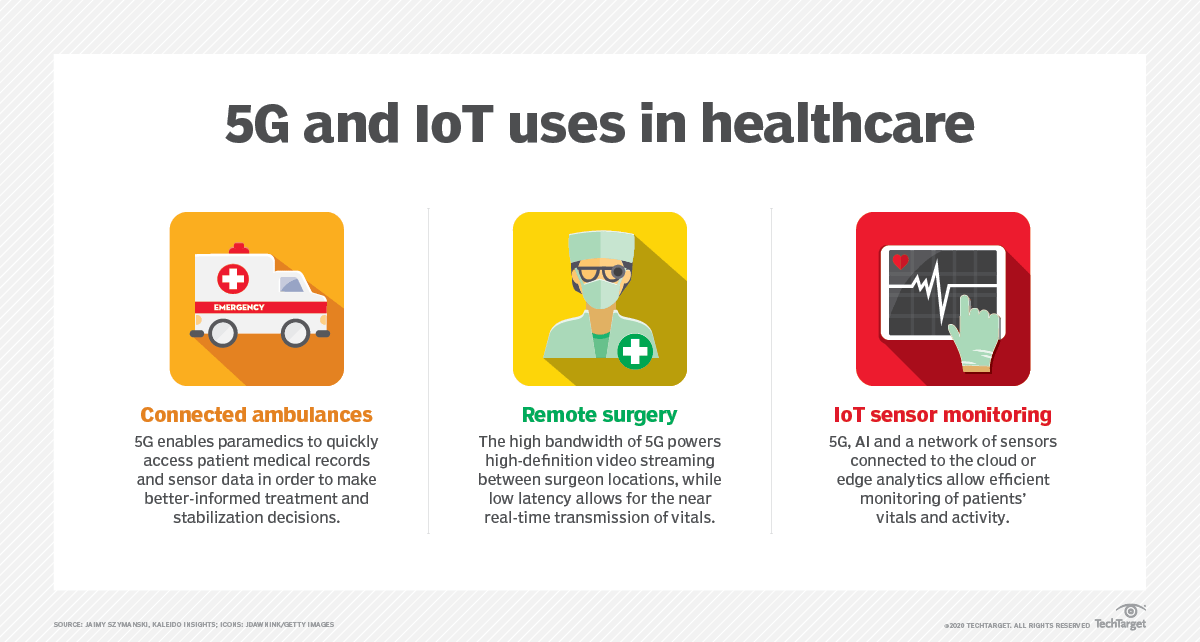
Healthcare is an important segment essential to almost every particular individual around. Implementing 5G in healthcare would only help in reducing the cost involved. It is estimated that more than 16% of the cost incurred in the healthcare industry can be dealt with if 5G is implemented in the segment.
The implications are straightforward; the doctors can directly get the test results as soon as the tests are conducted and thus help diagnose the same. This would, in turn, save a lot of precious time for the patients and thus save lives. Also, one would not lose money in the logistics of transferring the reports and other prognoses.
Power Industry
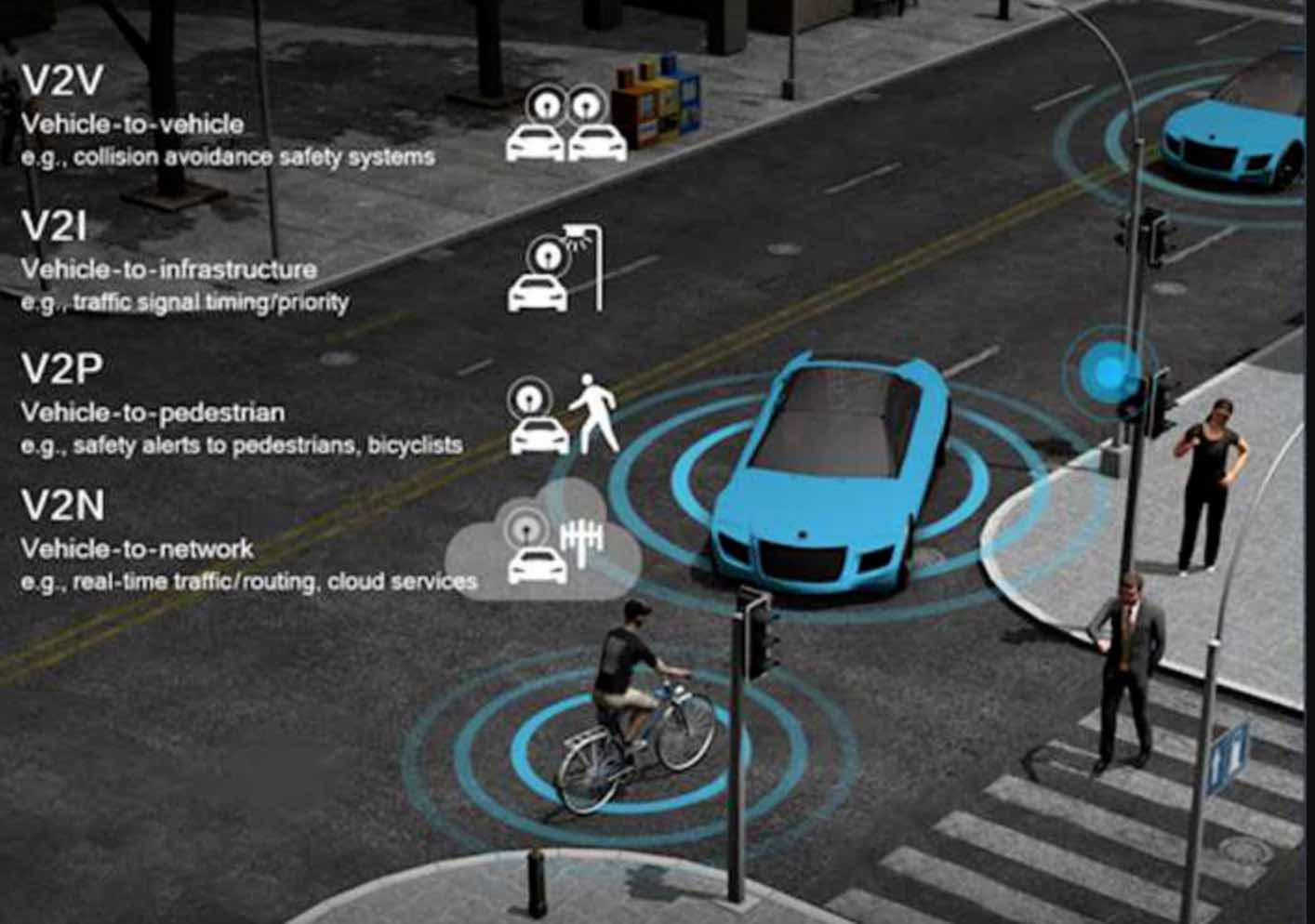
The sensors that we discussed in the manufacturing segment can again be of great prominence here. The power industry can use the sensors to understand the habits and usage of people across the nation and thus, be prepared accordingly. Infact, even homeowners can save up on a lot of energy and, therefore, money by utilizing these sensors, which would help them understand their usage and spend patterns better.
The disruptions that were previously primarily unseen can be better managed now by the powerhouses and thus, help them generate optimal enegry for everyone. Also, the solutions would be more accessible and much more efficient. By this, we mean that there is a sudden issue that comes up with the transmission lines, and the sensors would be ideally suited to come up with the exact identification of the problem and thus help in the faster resolution of the same.
Agriculture

This is one of the industries which would help humanity immensely! The farmers would be much more aware of what crops would be best suited for their land type and what would help them grow their produce to the optimal levels. The farmers can also be made entirely aware of if their crops have all that is needed for them to grow optimally.
While, for all these tasks, 4G enabled services are already present, including the 5G would make the lessons even faster and smoother. This means that a task that would have previously taken a minute would now be completed in less than a second! Yes, that is how fast the entire process would be using the 5G technology.
Not only agriculture, but 5G would play a significant role in fishing, forestry, and other associated sectors and would help make the entire processes way faster and simpler.
Media and Entertainment
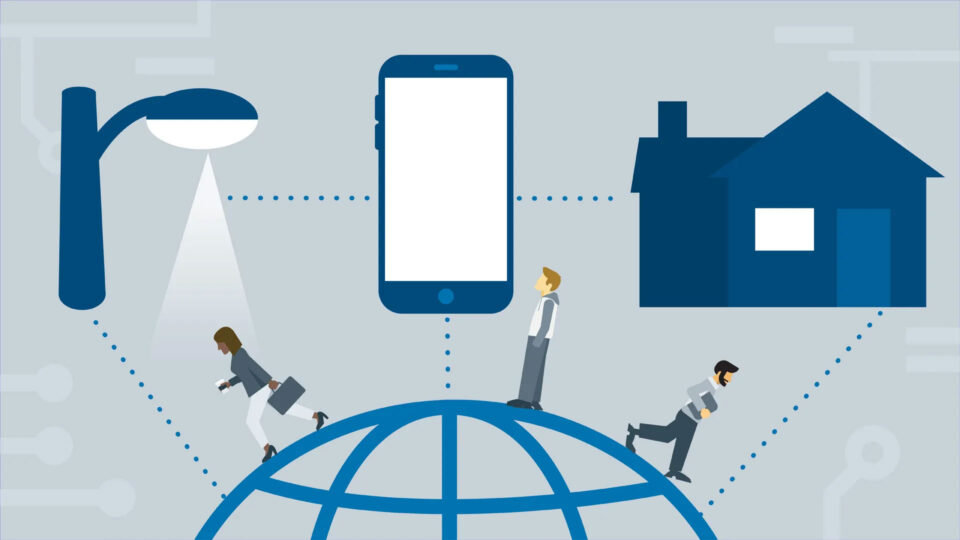
The media and entertainment companies would be better equipped to understand your choices and preferences. The sporting events would change once and for all. Players would have much more data about themselves and their competitors; this means that they would be much better prepared, which would lead to more competitive games and matches and would thus be more exciting.
Apart from this, it is estimated that about 66% of the entire global internet consumption is done for watching videos, and this percentage is only expected to rise in the future. Apart from the various other factors that would shape the consumption distribution, VR would play a major role.
Implementing 5G would make the entire VR experience much more smooth and more exciting, and this would thus change the way the entertainment industry works as a whole.
Also, 5G would save people tons of time. We know that most of us today depend on the internet for our everyday lives, and this includes the likes of entertainment, information, or anything else. Thus, with the better speed that 5G offers, an average individual would be able to save more than 23 hours of leading time every time while browsing social media, playing online games, streaming videos, and much more.
Conclusion

The possibilities in which the world will change by implementing new technology like the 5G is endless. While here we did talk about some of the major industries that would see the change, there are tons of other implications that the technology would have.
It is just a matter of time now before we see what this technology has in store. While some of the major countries are already in a race to beat others in this race, every country and the world will eventually feel the presence of this particular technology once it is implemented, and we are possibly not too far from the successful implementation of the technology.
